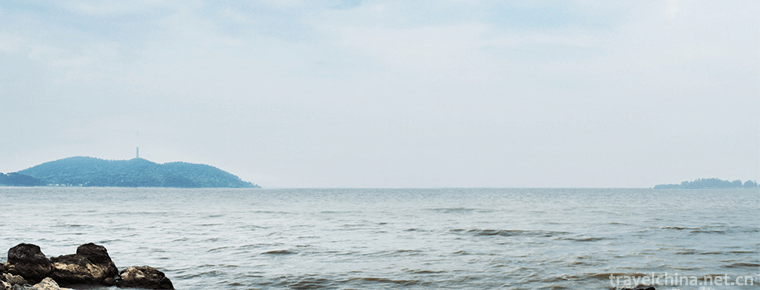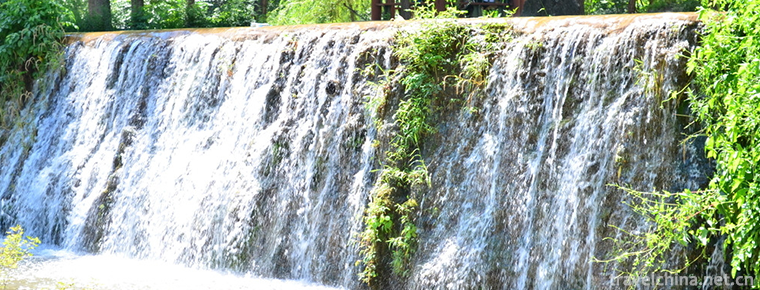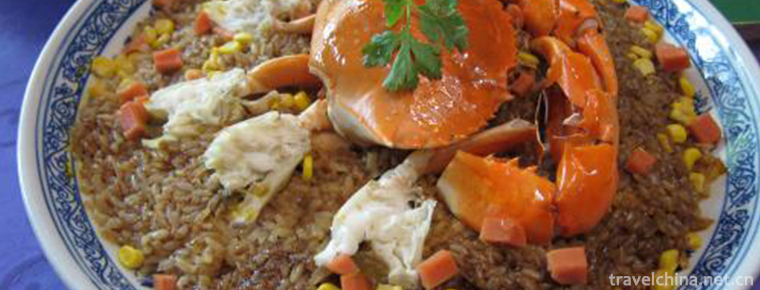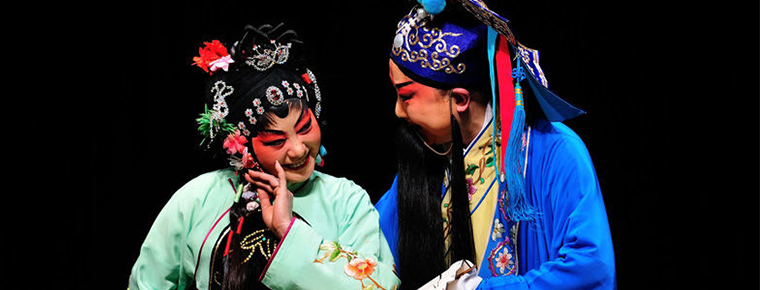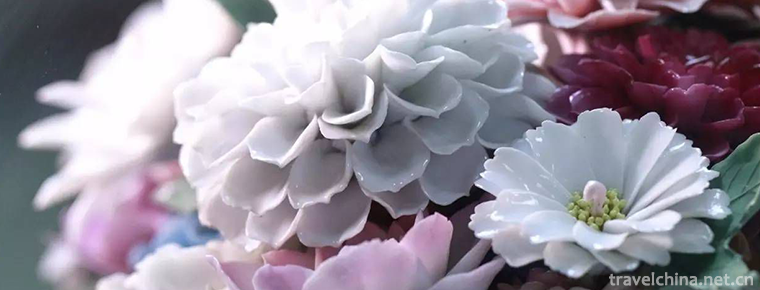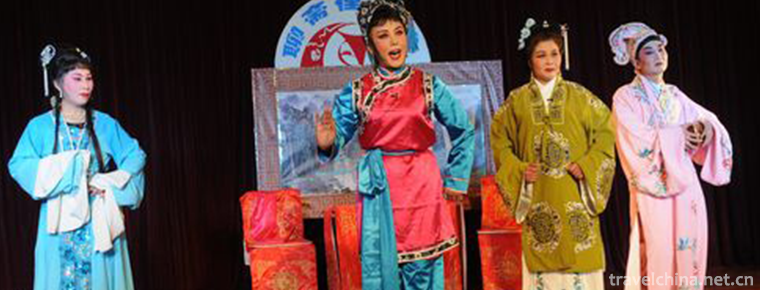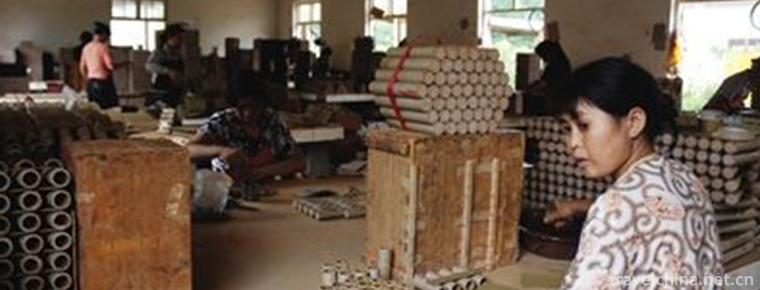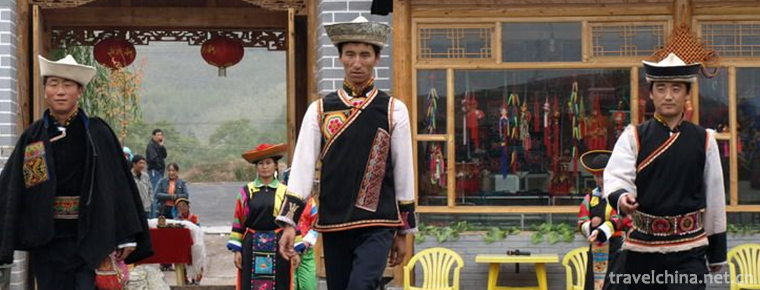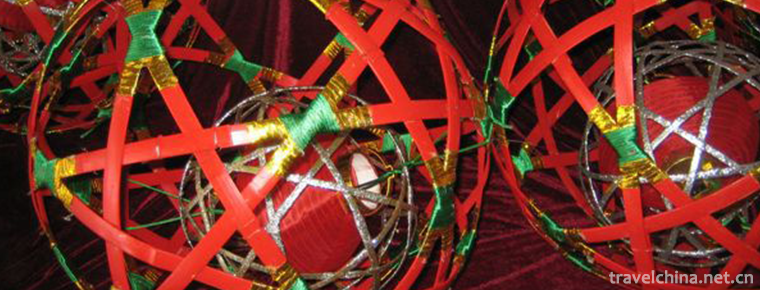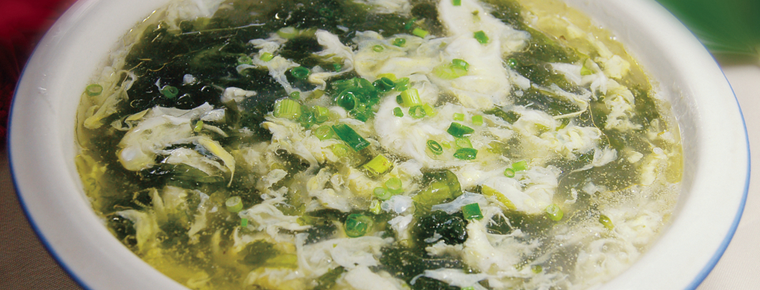Folk Stories of Ancient Fishing Goose
Folk Stories of Ancient Fishing Goose
Ancient fishing geese folklore is a local folklore story based on fishery culture, which originated and spread in the Erjiegou area of Liaohe Estuary, Dawa County, Panjin City, Liaoning Province. It mainly includes the worship of ancient fishing geese ancestors, the worship of ancient fishing geese sea gods, the worship of ancient fishing geese dragon king, the sacrifice and celebration of ancient fishing geese, and the origin and evolution of ancient fishing geese fishing gear. It has great historical value, high scientific value, unique cultural value and great practical significance. It has been listed in the first national intangible cultural heritage catalogue of China. "Ancient fishing geese" has disappeared worldwide. Only the Liaohe River estuary remains, which can be regarded as the living fossil of human ancient fishing and hunting activities.
In 2006, the folk tales of ancient fishing geese were selected into the first national intangible cultural heritage list.
historical origin
Long ago, Erjiegou Town in Liaohe Estuary, Dawa County, Panjin City, Liaoning Province was the place where ancient fishing geese, a special group of fishermen, settled and gathered. The fishermen who support this livelihood do not have the strength of distant-sea fishing. They can only migrate along the coastal land and water edges like migratory birds, fishing shrimp on the beaches and shallow waters at the estuaries of rivers. Because this group inherited a kind of primitive fishing and hunting livelihood that did not settle down, Liaohe Estuary folk called it "ancient fishing geese". During thousands of years of migration, they have experienced the baptism of natural storms and the practice of tide, and formed a valuable and deep culture of fishing geese.
main features
The ancient fishing geese in Erjiegou are mainly fishermen who migrated from central and Eastern Hebei through dry land and land. They are the creators and inheritors of the folk literature of ancient fishing geese. Because of the particularity of livelihood, the folk literature of ancient fishing geese is quite different from that of common Island fishing villages. The distinct livelihood characteristics and primitive cultural heritage of the geese reflect the history and life, customs and traditions, beliefs and cultural creation of this group in an all-round way. In terms of form, the folk literature of ancient fishing geese is short in length, simple in plot, primitive in content and less developed and changed. Its main characteristics are:
First, the dependence and concomitance with fishing life. The folktale of "Ancient Fishing Goose" is the oral literature of a special group who makes a living by fishing. Its inheritance has gone through thousands of years. From the content point of view, the folk stories of "Ancient Fishing Goose" mainly reflect the group's nostalgia for the ancestors of "Fishing Goose", the worship of the sea king, Dragon King and nature, the description of the life footprint of the ancient fishing geese, the praise of heroes in the "Ancient Fishing Goose" group, the interpretation of the customs of sacrifice, marriage and funeral in production and life, etc. These ancient narratives are closely related to the fishing life of the "ancient fishing geese" group, with distinct dependence and companionship.
Second, the unique regional and industrial characteristics. Fishing geese live on fishing boats for a long time, and few people can read. Almost all the knowledge and skills of fishing customs such as navigation, fishing, sacrifice and so on are handed down orally. The content and way of inheritance are simple and primitive. Because of the strong sea production, limited space and short rest time, the stories of "Ancient Fishing Goose" are mostly short in form, simple in plot and lively in language.
Third, practicality and entertainment. Whenever fishermen work at sea, such as rooting, piling, netting, cargo lifting, stepping on piling boards, launching fishing boats and so on, they are accompanied by short and simple oral literature to stimulate people's energy and work fun. In leisure time, it injects color and vitality into the daily life of the old monotonous and closed groups of "ancient fishing geese". Therefore, "Ancient Fishing Goose" folktale was an important spiritual food for this group.
basic content
The folk literature of ancient fishing geese spread in Erjiegou of Liaohe estuary mainly includes the worship of ancestors of ancient fishing geese, sea god of ancient fishing geese, worship of Dragon King of ancient fishing geese, sacrifice and celebration of ancient fishing geese, origin and evolution of fishing gear of ancient fishing geese, etc. Historically, fishermen living in the Erjiegou area of the territory have migrated from spring to autumn from generation to generation, like migratory birds, and have been called "fishing geese community". It is precisely the ancient and rich life experience community that deduces the rich and magical "ancient fishing geese" culture in Panjin sea area and along the coast, the most representative of which is "ancient fishing geese" folk literature.
Inheritance value
The oral literature of ancient fishing geese is not only a history of the Chinese nation's salvage, but also an integral part of the communication between Chinese and Western cultures. It can be called a wonderful flower of the Chinese nation's marine civilization. Ancient fishing geese folklore records and reflects this ancient human civilization by oral history. Its primitiveness in myth and legend has great historical value. The legend of ancient fishing geese literature about the experience and technology of ancient fishing gear, shipbuilding, navigation and processing has high scientific value. The ancient fishing geese literature embodies the courage to take risks and dare to take risks. The pioneering spirit of opening up new routes and daring to discover new fishing grounds has more unique cultural value. It has great practical significance for Strengthening Marine consciousness, developing marine economy and purifying marine environment.
Inheritance and protection
The oral literature of ancient fishing geese in Erjiegou of Panjin Dawa County recorded the migration, fishing and hunting life of human ancestors under the gift and restriction of nature, and it did not stop until the semi-settled fishing and hunting period and the settled farming period. Ancient fishing geese have long disappeared in the estuaries of rivers and rivers along the coast of China and the world, but they are still preserved in the estuaries of Liaohe River, which can be regarded as the living fossils of human ancient fishing and hunting activities.
Because of the particularity of livelihood, the ancient fishing geese group was in a marginal state in Chinese society in past dynasties, and the literature rarely recorded it. In addition, in modern society, this way of livelihood has been interrupted in the coastal areas of China and in the seaport areas of the world. Old generations of ancient fishing geese have also passed away, and the folk literature of ancient fishing geese is on the verge of extinction. Based on this, the folk literature of ancient fishing geese in Erjie Gully of Liaohe River estuary is more precious. In order to protect this cultural heritage, at the beginning of the 21st century, the Ministry of Culture of China listed it as a national intangible cultural heritage. The Cultural Department of Dawa County excavated and collected nearly 1,000 myths, stories and legends explaining the origin of ancient boat nets and reflecting the primitive fishing life, and collected more than 1,000 fishing songs. Liu Zeting, a descendant of ancient fishing geese and a cultural man of fishermen's origin, can tell hundreds of stories and legends about ancient fishing geese, and is an important inheritor of folk culture of ancient fishing geese.
Guardian
Liu Zeting, born in 1944, is a descendant of the ancient fishing geese. Liu Zeting is a well-known local storyteller who excavates and collects thousands of myths, stories and legends that explain the origin of ancient boat nets and reflect the primitive fishing life. Since his youth, he has been interested in excavating, sorting out and protecting ancient fishing geese folktales. He is a master of ancient fishing geese folktales in Liaohe Estuary.
In 2006, the folk tales of ancient fishing geese were selected into the first national intangible cultural heritage list. In the same year, Liu Zeting was awarded the title of "Liaoning folk artist". In 2009, Liu Zeting was named the national representative inheritor of ancient fishing geese folktales.
Through digging, collecting and sorting out the information of the folk stories of ancient fishing geese, Liu Zeting has published Legends of Fishermen, Historical Tales of Fishermen's Customs and Folk Customs and Legends of Liaodong Bay, and 65 stories have been included in Liaoning Volume of Integrated Chinese Folk Literature. Among them, "Fisherman's Legend" won the second prize of northern Chinese folk literature in 1992, and "Fisherman's Folk Customs and History" won the first excellent prize of academic works of Chinese folk literature and art mountain flower prize in 2001.
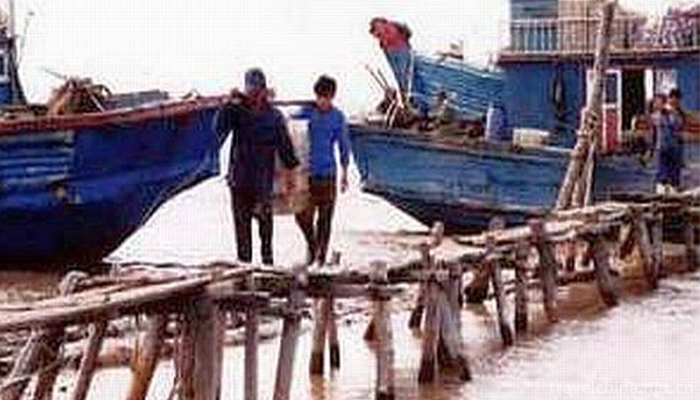
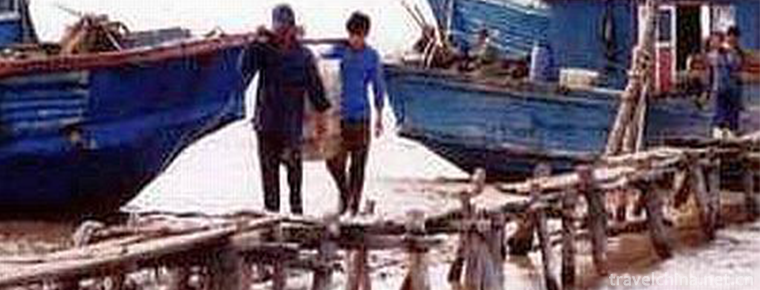
Folk Stories of Ancient Fishing Goose
-
Chaohu Lake Scenic Area
Located in the middle of Anhui Province, Chaohu Lake is located in Hefei, Lianhuai Tongjiang River, 55 kilometers east-west, 22 kilometers South-North wide. Its perennial water area is about 760 squar
Views: 232 Time 2019-01-05 -
Huhu Water Eco Scenic Spot
Located in the southwestern edge of Pingshan County, Hebei Province, the old revolutionary area, the Biaoshui Eco-Scenic Spot has a tourist area of 11.5 square kilometers, an altitude of 800-1100 mete
Views: 237 Time 2019-01-12 -
Babao Green Crab Rice
Two crabs, 700g, 165G glutinous rice, 45g ham, 20g open onion, 45g white fruit, 75g peanut, dried mushroom, dried asparagus, onion, ginger slices, yellow wine, salt and clear soup (300g)
Views: 381 Time 2019-03-26 -
Sichuan Opera
Sichuan Opera, commonly known as Sichuan Opera, is mainly popular in the Han nationality areas of Sichuan, Chongqing, Yunnan and Guizhou provinces in southwestern China
Views: 211 Time 2019-04-19 -
Firing Techniques of Fengxi Porcelain
Fengxi Porcelain Firing Technology, a local traditional technology in Fengxi District, Chaozhou City, Guangdong Province, is one of the national intangible cultural heritage.
Views: 795 Time 2019-04-29 -
Liao Zhais folk songs
The spreading area of Liaozhai slang mainly distributes in Zibo City, Shandong Province. The Pu family and its descendants are the main inheritors. Liaozhai slang is a unique traditional folk music li
Views: 215 Time 2019-05-13 -
Production Techniques of Liuyang Fireworks
Liuyang fireworks production in Hunan has a long history. According to records, it began in Tang Dynasty and flourished in Song Dynasty. During Kangxi period of Qing Dynasty, the production had a cons
Views: 425 Time 2019-05-13 -
Salar Costume
The traditional dresses of the Salar nationality are bright and bright in color and full of national characteristics. Salar costumes have two characteristics, namely (1) Islamic color of costumes; (2)
Views: 139 Time 2019-06-11 -
Tu Costume
Women usually wear embroidered small collar and long slant-skinned shirt. The sleeves are made of red, yellow, orange, blue, white, green and black seven-color cloth rings. They are bright and beautif
Views: 206 Time 2019-06-23 -
Yuhang Rolling Lamp
Yuhang Rolling Lamp is a kind of Han folk dance which combines athletics, martial arts and dance. It is made of bamboo pieces of large sphere as the main props, in the center of the sphere of bamboo k
Views: 163 Time 2019-07-14 -
Seaweed and Egg Soup
Porphyra and egg flower soup is a kind of instant soup. It is a traditional after meal soup in Sichuan. Its main ingredient, Porphyra and egg, have high nutritional value. It is widely loved because o
Views: 131 Time 2020-03-18 -
Deyang secondary industry
In 2018, the total industrial added value of Deyang City was 101.28 billion yuan, an increase of 9.8% over the previous year. By the end of the year, there were 1376 Industrial Enterprises above Designated Size, and the added value of industries above
Views: 335 Time 2020-12-14
